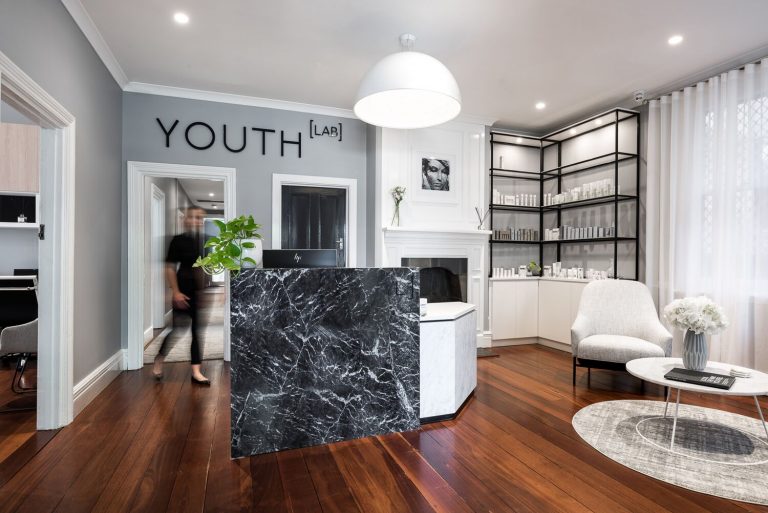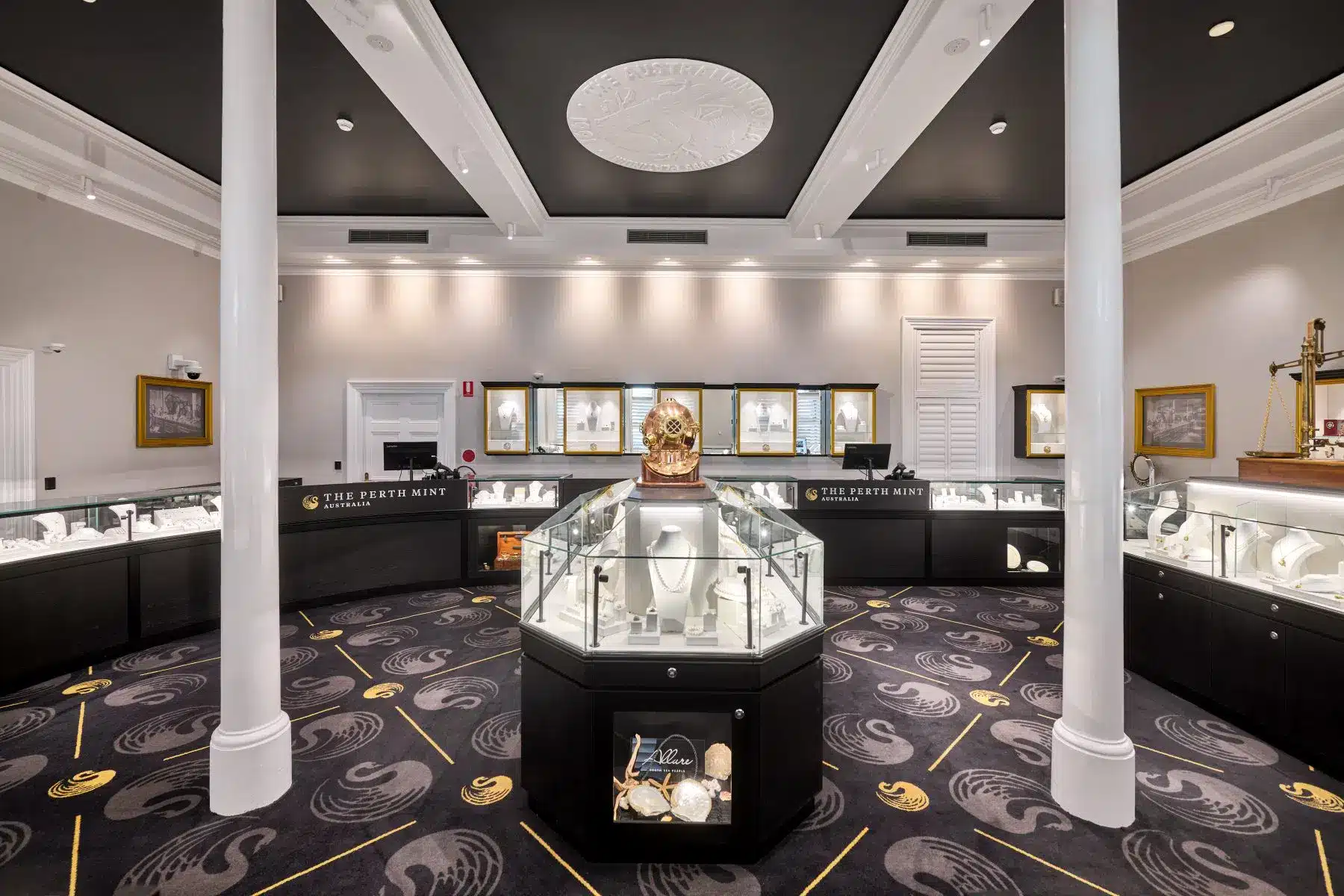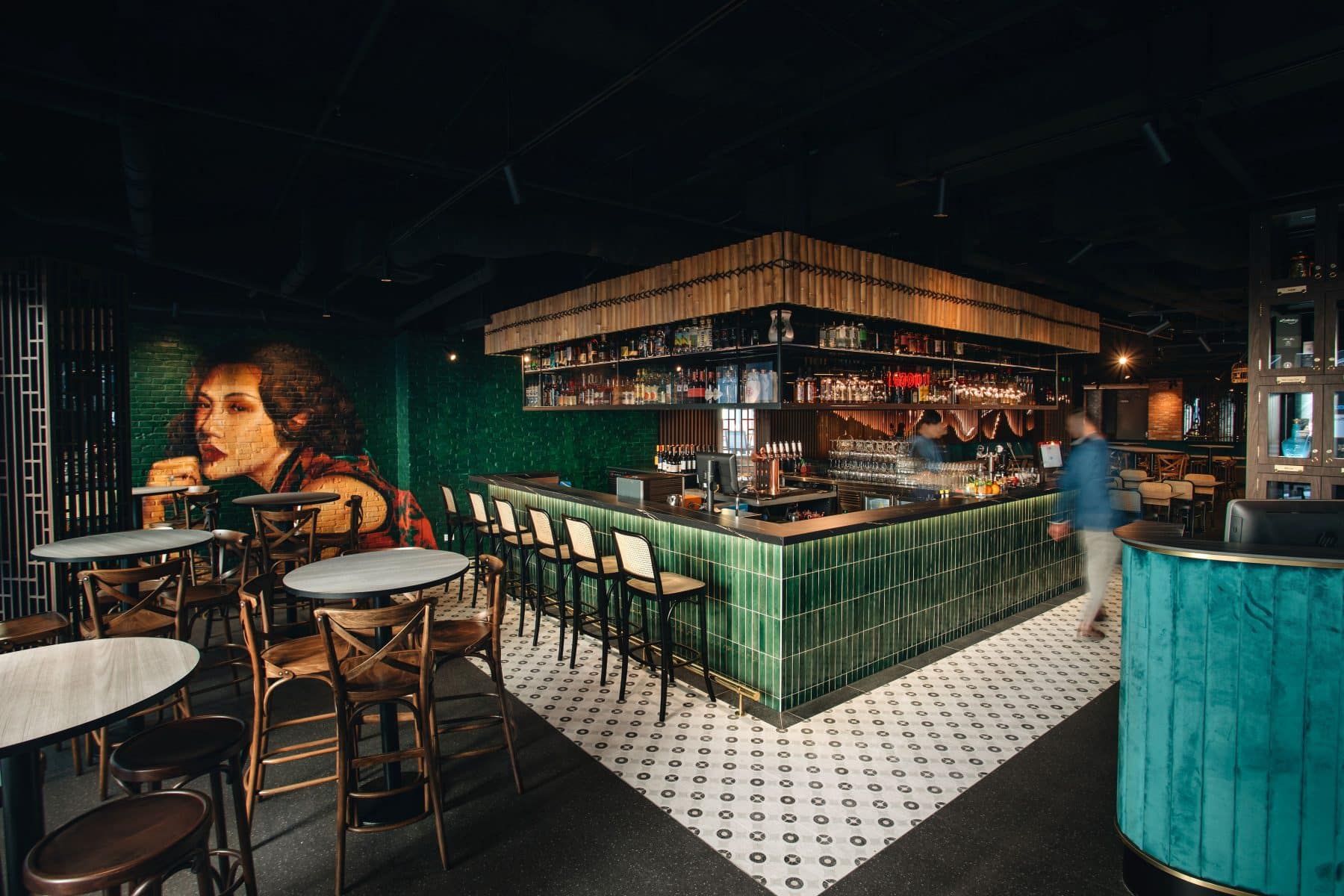The Psychology of Colour in Design
27 Nov 2023
Understanding the Psychology of Colour in Interior Design
The colours in a room aren’t just about looks—they have a direct effect on how customers feel. From calming blues to energetic reds, each colour creates a unique atmosphere. In businesses, like shops or offices, the choice of colours is intentional. It’s a way to influence how customers experience a space and feel about a brand. The right colours can make customers comfortable, enhance their mood, and leave a positive impression. This use of colour isn’t just decoration; it’s a powerful tool that businesses use to shape the overall customer experience.
Let’s explore how the colours in a room can subtly impact customers and play a crucial role in creating the right atmosphere.
Colour Theory Used in Commercial Interior Design
The Use of Colours in Healthcare
In a healthcare reception, soothing and calming colours are often preferred. Soft blues and greens are commonly used to create a serene and comforting atmosphere. These colours are chosen to help patients relax, reduce anxiety and promote an overall sense of well-being. Neutral tones like beige or light grey may also be incorporated to convey a sense of cleanliness and professionalism. Our latest project with Youth Lab demonstrates the use of different materials and an open-airy space.
Check out the full project details here.
The Use of Colours in a Jewellery Store
On the other hand, a jewellery store might opt for a more luxurious and visually stimulating colour palette. Rich jewel tones such as deep blues, purples, and emerald greens can convey a sense of opulence and enhance the perceived value of the merchandise. Gold accents or warm neutrals might be used to create an inviting and elegant ambiance, encouraging customers to associate the jewellery with prestige and sophistication.
Check out our latest project with The Perth Mint.
Check out the full project details here.
In essence, the healthcare reception tends to prioritise a calming and reassuring environment, while the jewellery store leans towards colours that evoke a sense of luxury and allure. The stark contrast in colour choices reflects the distinct purposes of each space and aims to create environments that align with the expectations and emotional responses desired in healthcare and retail settings.
Colour Theory Used in Hospitality
The colour schemes selected for a wine bar and a brunch restaurant are distinct, mirroring the unique atmospheres and experiences associated with each venue.
The Use of Colours for a Wine Bar
In the intimate setting of a wine bar, deep and rich tones like burgundy and muted purples create a sophisticated ambiance, reflecting the complexity of the wines served. Earthy neutrals, such as deep browns and warm greys, often complement wooden elements, fostering a cosy and upscale environment.
Gold or metallic accents may be strategically applied for a touch of luxury, contributing to an elegant overall aesthetic. The use of low or ambient lighting enhances the intimate atmosphere, creating a space conducive to savouring fine wines.
Check out MODU project here for inspiration.
The Use of Colours for a Brunch Restaurant
Conversely, a brunch restaurant embraces a fresh and lively atmosphere. Light and bright colours, such as yellows, greens and pastels, are commonly used to convey a sense of morning freshness and contribute to a cheerful ambiance. Light neutrals, including whites and creams, create an open and airy feeling, aligning with the daytime setting.
Vibrant accent colours, like oranges or blues, may be introduced to add energy and playfulness. Natural elements, such as greenery and wooden accents, often find a place in the design, fostering a connection with the freshness of morning hours. Well-lit spaces, either through natural light or well-designed artificial lighting, contribute to a bright and uplifting atmosphere, enhancing the overall daytime dining experience!
Understanding Colours and Moods – What Do They Mean?
What Does Black Represent?
Black is often associated with sophistication, formality and luxury. In commercial spaces, it can be used to convey a sense of elegance and timelessness. However, excessive use of black can also create a sombre or heavy atmosphere, so it’s often balanced with other colours.
What Does White Represent?
White is a symbol of purity, cleanliness, and simplicity. In commercial interiors, white is frequently used to create a sense of spaciousness and modernity. It can evoke a clean and minimalist aesthetic, making spaces feel fresh and open.
What Does Red Represent?
Red is a bold and dynamic colour associated with passion, energy and excitement. In commercial design, red can be used strategically to draw attention, create a sense of urgency, or stimulate appetite. It is often employed in spaces where high energy or a sense of urgency is desired, such as in restaurants or retail environments.
What Does Blue Represent?
Blue is often linked to calmness, trust and professionalism. In commercial interiors, especially in corporate settings such as office fit-outs, blue is a popular choice to create a serene and focused environment. Lighter shades of blue can evoke tranquillity, while darker blues may convey a sense of stability and reliability.
What Does Yellow Represent?
Yellow is associated with warmth, positivity and energy. In commercial design, yellow is often used to create a welcoming and cheerful atmosphere. It can be employed in spaces where a sense of optimism or creativity is desired, such as in retail or hospitality settings.
How To Find Your Colour Palette
1. Consider Your Brand Identity
Just like people have their own personalities, brands have unique characters too. Is your brand lively and bold, or does it have a more subtle and classy feel? Knowing your brand’s personality helps you choose the right colours. Do you like bright and energetic colours, or do you prefer calm and muted tones? Think about the mood and vibe you want your brand to have. Colours can make a big difference in how people see and feel about your brand. So, pick colours that match your brand’s personality and create a consistent and powerful look.
2. Create a Mood Board for Commercial Interior Design
When working on commercial projects, especially in interior design, building a mood board is a key step. Gather images, fabric swatches and objects that showcase the colours you like. This can be done physically or digitally. The goal is to visually organise your colour preferences to see how they come together. As you compile your mood board, look for patterns and consistencies in the colours you’ve picked. This process helps you create a clear visual guide for your commercial interior design project, ensuring that the chosen colours align with the intended atmosphere and overall aesthetic.
3. Consider the Purpose
Think about the specific context in which these colours will be applied—whether it’s a retail space, an office or a restaurant. Reflect on how the colours align with the intended purpose and the desired mood of the commercial setting. Each colour should contribute to the overall atmosphere and functionality of the space, reinforcing the brand identity and resonating with the target audience.
4. Understand the Colour Wheel
Familiarise yourself with the colour wheel to understand the relationships between different hues. Complementary, analogous, or monochromatic colour schemes can guide your choices and create visually appealing combinations.
BHO Interiors & Colour Theory
Discover the latest trends in colour psychology for commercial spaces with BHO Interiors! Our expert team guides you from the initial consultation to post-construction quality control. Explore how to use a variety of colours to create a powerful interior design. Elevate your space with our comprehensive approach to colour, lighting and layout. Trust BHO Interiors for a seamless blend of aesthetics and functionality.
Transform your commercial environment with our design services. Contact us today.


